The Komodo National Park includes the three major Indonesian islands of Komodo, Rinca, and Padar, as well as some smaller ones. Established in 1980, this World Heritage Site is an area of conservation priority and it aims to protect both marine and terrestrial creatures. There be dragons!
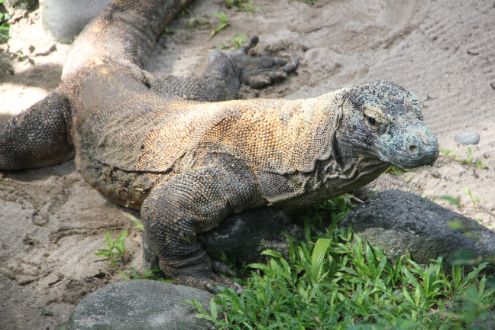
Image Credit: Kahunapule Michael Johnson
Labuanbajo on the island of Flores is the main gateway to the Park and it offers a range of accommodation, restaurants, dive shops, and the boat trips out to the islands. The nearby Bali has more accommodation options, which are more luxurious than those within the Park itself.
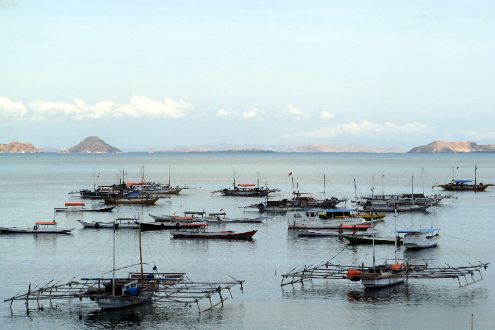
Image Credit: Rosino
The most famous reptiles found here is, as the Park’s name suggests, the Komodo Dragon. This creature is among the world’s largest reptiles, which can grow to three metres in length. The dragon can be seen on both Komodo and the quieter Rinca Island; around 5700 live in this Park, where they’re best seen outside of the mating and nesting seasons which run from July to November. The dragons’ main prey are the Timor deer, but alongside these, horses, water buffalo, wild boar, long-tailed macaques, palm civets, and fruit bats can all be found on these islands. One of the principal bird species can also be found on the ground - the orange-footed scrub fowl, of which 27 species have been observed.
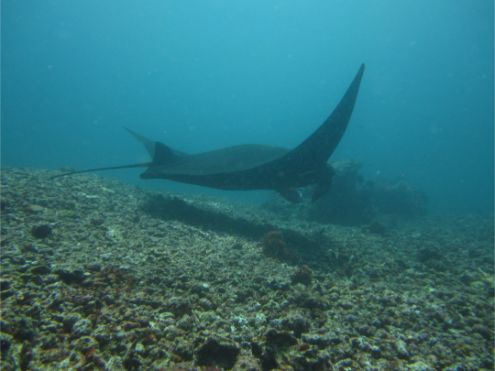
Image Credit: american_rugbier
The sea offers an interesting mix of marine flora and fauna, being on the boundary of the Indian and Pacific oceans, and the main ecosystems include seagrass beds, coral reefs, and mangrove forests. These diverse areas mean that Komodo Island is one of the best dive sites in the world, with over one thousand species of fish and 250 species of coral recorded, caves and rock formations to explore, and caves to swim through. Manta Alley is home to a multitude of Manta Rays and Crystal Rock North is famous for soft corals. Look out for dolphins too!
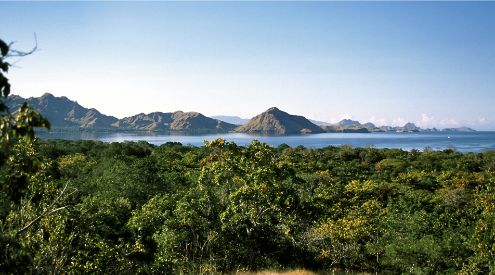
Image Credit: Bernard DUPONT
Padar Island offers incredible views, with white sand beaches, beautiful blue oceans, and plenty of smaller islands; be sure to check out the Pink Beach, which is caused by fragments of red coral mixed into the sand. Koaba Island, or Bat Island, is known for the emergence of thousands of fruit bats from the mangroves at sunset, which return in the early morning after feeding on Flores Island.
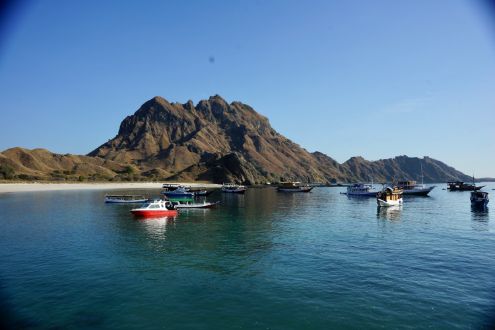
Image Credit: Dion Hinchcliffe
Although tourist numbers are increasing, sustainable tourism is the model in this National Park. The wildlife prospers thanks to progressive policies which govern its management, as well as awareness in the local communities about how to protect and nurture their livelihood. As tourists, it’s important to remember to do your bit to be mindful of the local environment and economy, so use local guides where possible and avoid plastic waste.

Image Credit: Isabell Schulz
Title Image Credit: Dion Hinchcliffe (Image Cropped)